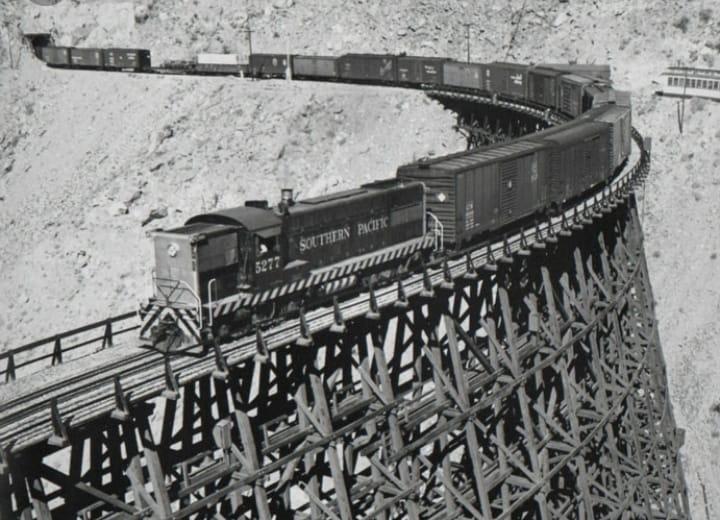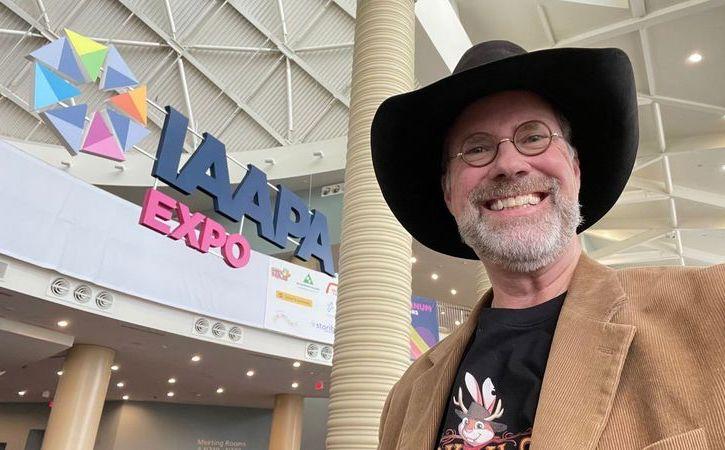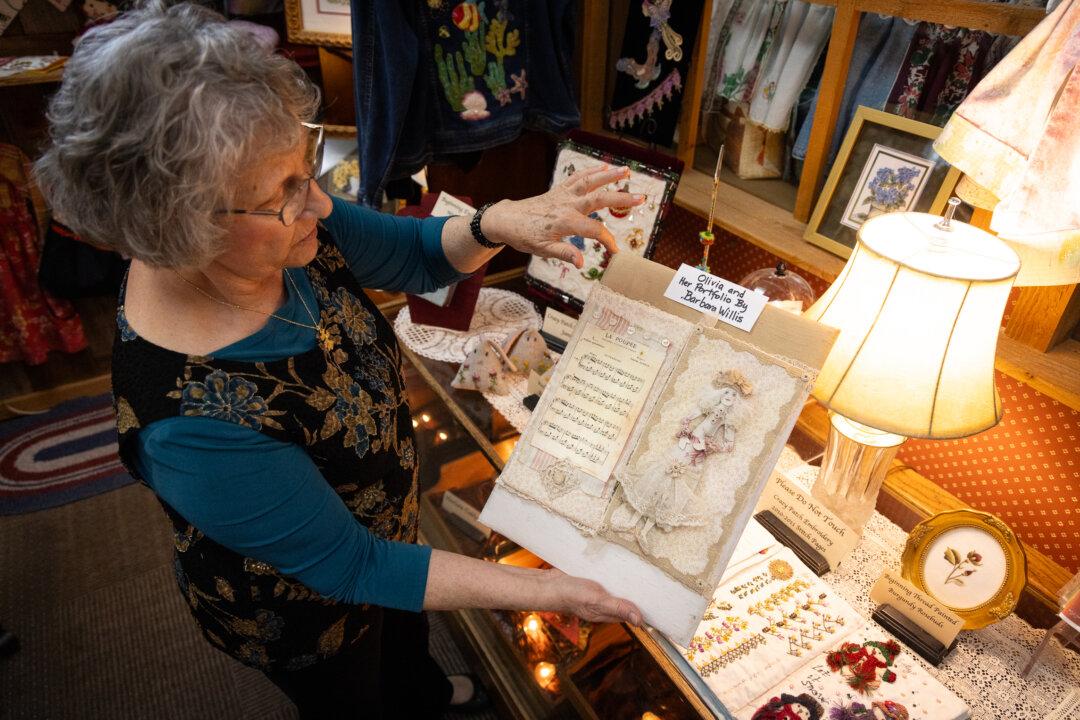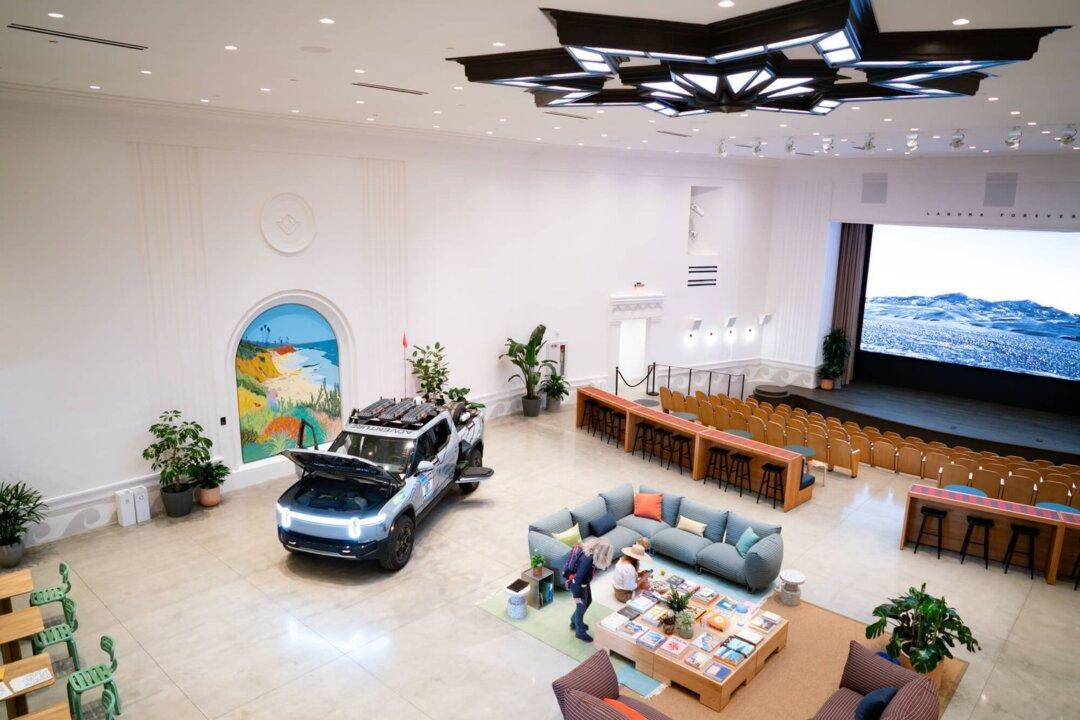SAN DIEGO—Deep in the remote Jacumba Mountains of southeastern San Diego County, the once celebrated, hard-fought Desert Line section of the San Diego–Arizona Eastern Railway is slowly deteriorating into the landscape it once conquered.
The railway, made up of 148 miles of railroad tunnels, tracks, and trestles, once connected San Diego and Yuma, Arizona, through Mexico, and on to connections in the east.





